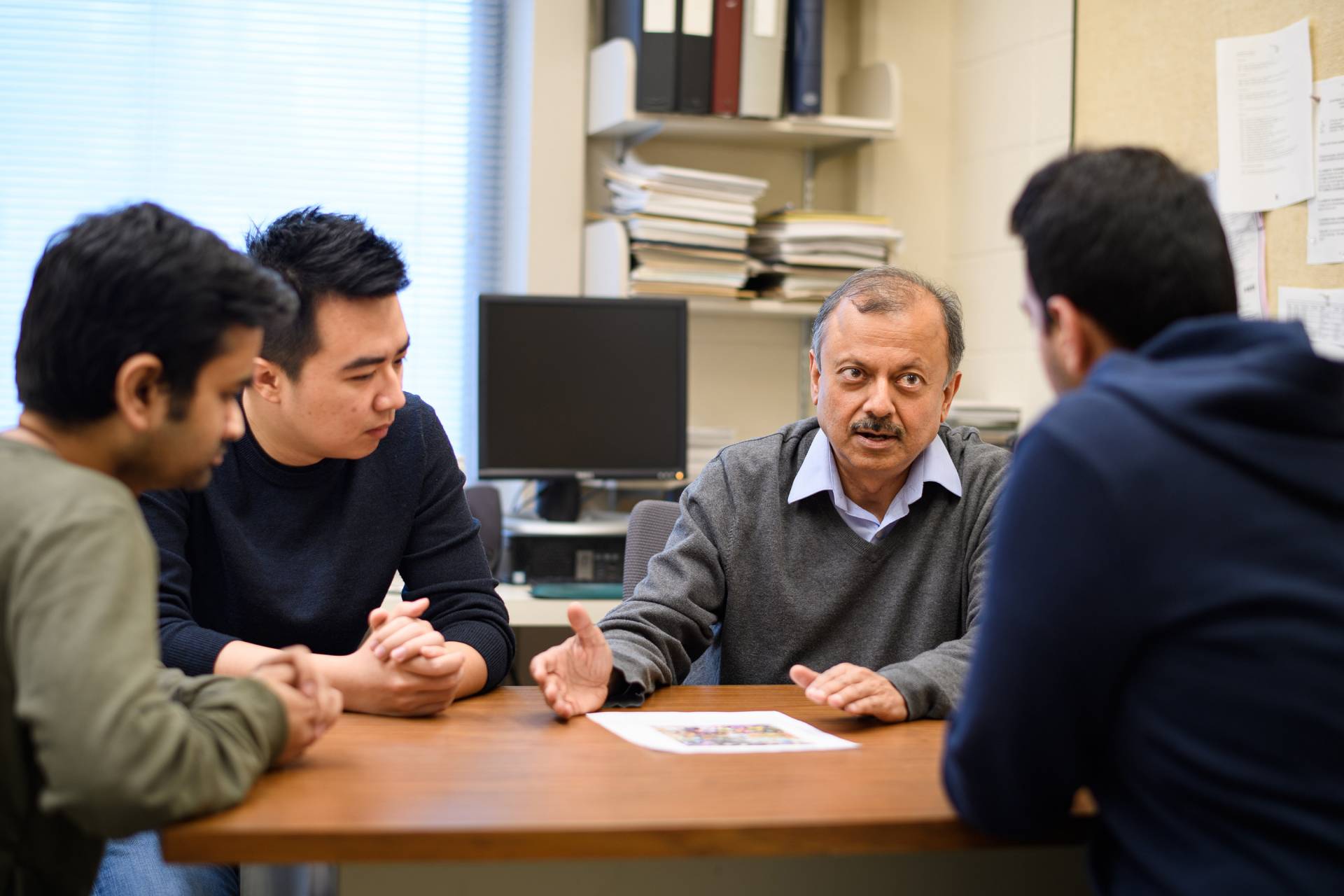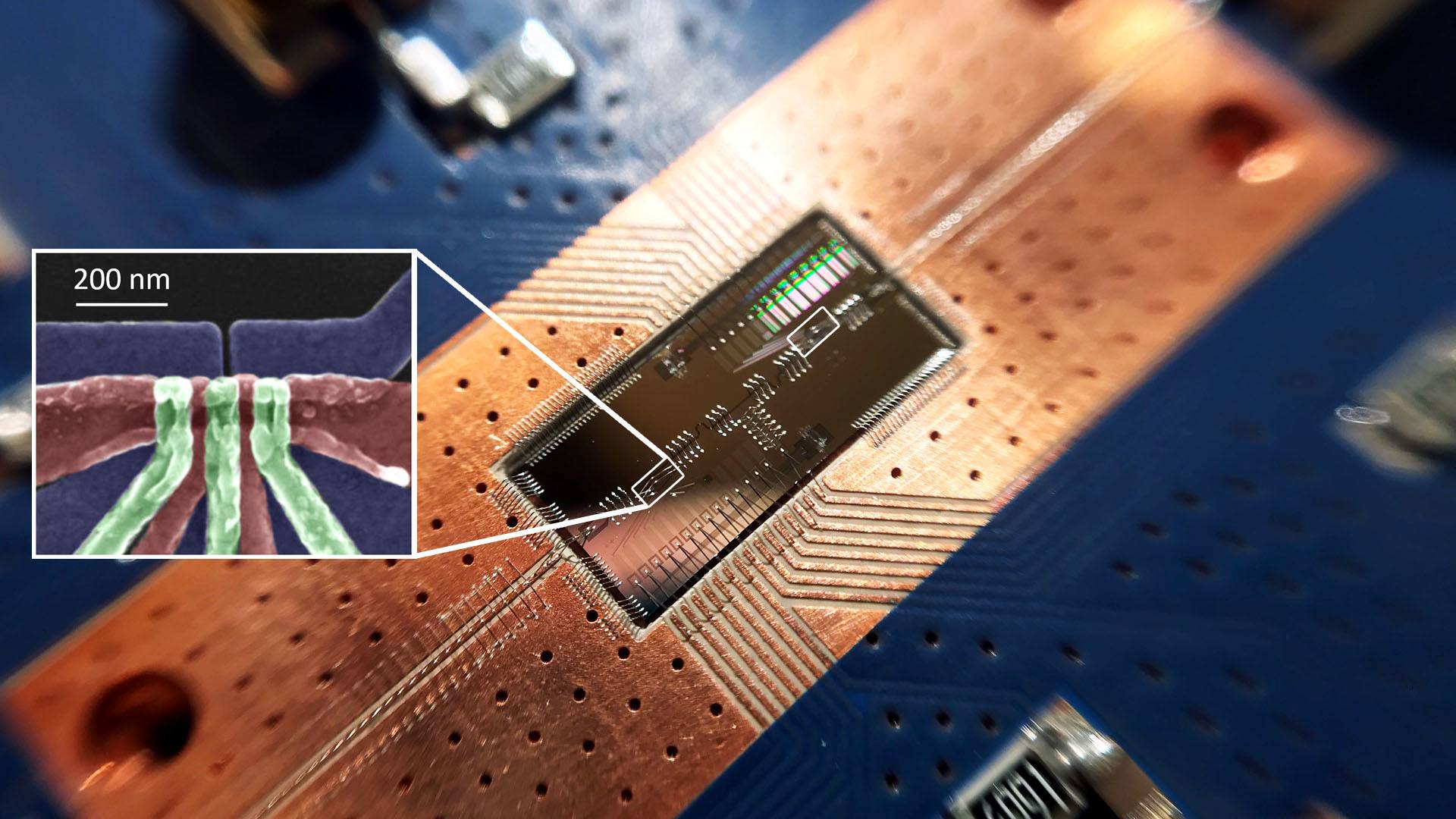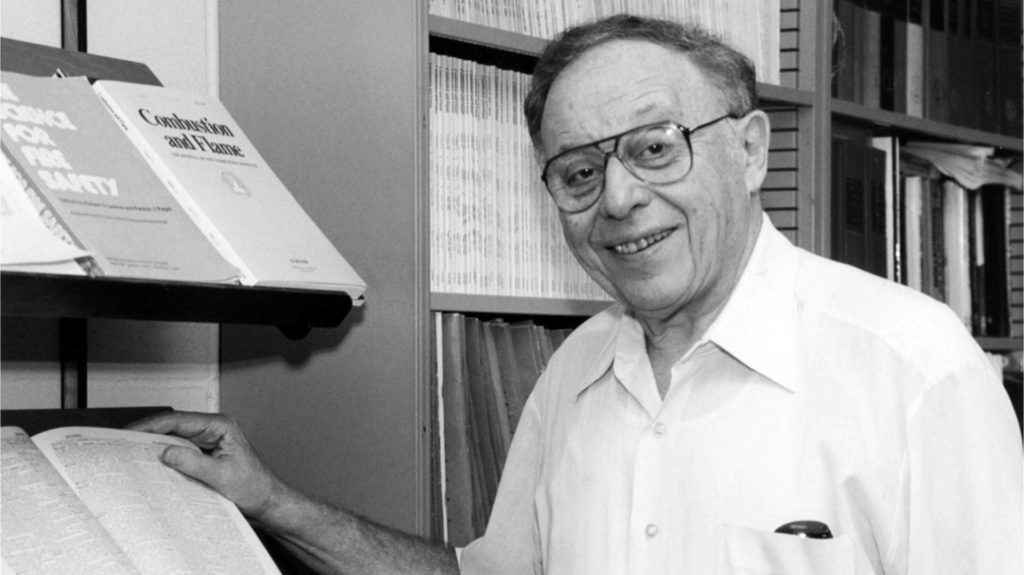
The halls of many colleges and universities display paintings of school presidents, donors and famous alumni. But at Princeton University, a gallery of portraits presents campus workers in a whole new light. Howard Sutphin in Campus Dining, who is featured in one of the portraits of campus workers by visiting art fellow Mario Moore, said: “That’s going to be here after I retire, cause the school has purchased it. … All the years, I gave love. I got it back in that.”
https://www.cbsnews.com/news/princeton-university-portraits-give-campus-workers-the-spotlight-2019-12-30/
Related:
- Princeton University News: ‘A Fellow at Work’: Artist Mario Moore’s work presents black campus workers in new light
- Princeton University News: Four new portraits serve as ‘visible expression of Princeton’ today
- CNN: Princeton University is hanging a series of portraits that honor its blue-collar campus workers
- BBC: Canteen workers honoured alongside US presidents
- Diverse: Issues in Higher Education: Princeton University to Display Portraits of Campus Workers
- Observer: Princeton University Acquires Portrait Series Honoring Its Campus Workers



